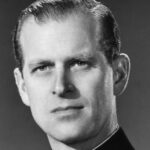
Here’s What The Flag Over Prince Philip’s Coffin Really Means
Prince Philip, who for seven decades was the companion of the Sovereign of the United Kingdom and the Commonwealth, will be laid to rest on Saturday, April 17, at 10 a.m. Eastern Time (3 p.m. London time).
Due to the coronavirus pandemic, and in keeping with the Duke of Edinburgh’s wishes, his ceremonial funeral will be different from those of his forebears. Gone will be the lying in state with the thousands of mourners lining the streets of London. Instead, his funeral is expected to be comparatively low-key.
The duke is, however, expected to have some personal artifacts important to him while his body lies in rest at Windsor Castle. One of those will be his personal Royal Standard — which is to say, a sort of flag — which is expected to be draped over his coffin, according to BBC News. The banner contains four quadrants, each with a different symbol representing a certain aspect of his life.
Here is what the symbols on Prince Philip’s flag/standard mean.
The upper left portion represents Philip's Danish heritage
In the upper left corner of Prince Philip’s standard are the three lions and nine hearts, representing the Coat of Arms of Denmark, according to BBC News.
Though he’ll be remembered for his role in the royal family of the United Kingdom, Philip is descended from European royalty from other countries, as well.
According to Insider, Philip was the grandson of King Christian IX of Denmark (1818-1906), which means that, on his birth, he was conferred the title of Prince of Denmark. Indeed, Denmark’s current monarch, Queen Margrethe II (born 1940), was a third cousin with Philip, both having descended from England’s Queen Victoria.
The lions have adorned royal Danish insignia for nearly a thousand years, according to Denmark’s Royal House, with the hearts appearing later. Over the centuries, the number of hearts varied, but in 1819 King Frederick VI set the official number of them at nine. What’s more, to the Danes, they’re not hearts, but leaves. As CRW Flags explains, they’re known in Denmark as søblade, or “lake leaves.”
The upper right portion represents Philip's Greek heritage
In the upper right corner of Prince Philip’s standard is a white cross upon a blue background, representing the flag of Greece and, by extension, Philip’s Greek heritage, according to BBC News.
According to Gyles Brandreth’s book Philip & Elizabeth: Portrait of a Marriage, Philip was born in Greece. Philip’s father, Prince Andrew of Greece and Denmark was, like his son, a member of the royal families of both countries. However, while Denmark retains its constitutional monarchy, Greece’s was abolished in 1922, following the abdication of Philip’s uncle, King Constantine I. Indeed, at the time, Philip’s life was believed to be in danger, and he and what remained of his family were evacuated out of the country, with the toddler prince in a fruit box.
Though born there, Philip didn’t consider himself Greek, didn’t speak the language, and preferred to be thought of as Danish, according to The Independent.
The white cross on the Greek flag’s canton represents the Greek Orthodox Church, the religion in which Philip was raised, though he later converted to the Church of England.
The bottom right symbol represents Edinburgh, Philip's dukedom
In the bottom right corner of Prince Philip’s standard is a depiction of a castle, intended to represent Philip’s title, Duke of Edinburgh, according to BBC News.
The skyline of the 1,400-year-old city of Edinburgh, Scotland, is dominated by Edinburgh Castle, a fortress whose first stones were laid in the 1100s, according to the castle’s website. The fortress was built upon a hill (Castle Rock) in the ancient city, the remains of an extinct volcano last active hundreds of millions of years ago.
Unlike many castles throughout the United Kingdom, Edinburgh’s castle doesn’t actually belong to the Windsor family. Rather, it belongs to Historic Environment Scotland, a governmental body tasked with preserving and promoting Scotland’s historic heritage.
As The Telegraph explains, Philip was bestowed the title Duke of Edinburgh in 1947, shortly before he married then-Princess Elizabeth, becoming the sixth person to have used that title. Philip’s oldest son, future king Prince Charles, has inherited the title, though he is expected to pass it on to his younger brother, Prince Edward, once Charles becomes king, according to The Independent.
The bottom left symbol represents the Mountbatten family
In the bottom left corner of Prince Philip’s standard are alternating vertical black and white stripes, intended to represent the Mountbatten family, according to BBC News.
As is almost always the case with European royals, Prince Philip wasn’t born with a first and last name in the same sense that Joseph Biden or Boris Johnson or you were. He was just born as “Philip”; everything else that has followed his name was added later.
Nevertheless, in 1947, Philip took on the surname Mountbatten, according to the royal family’s website, assuming the name that had been used by his mother’s side of the family, when he became a naturalized British citizen prior to marrying then-Princess Elizabeth.
According to House of Names, the black and white stripes are the coat of arms of the Battenberg family, ancestors of the Mountbattens. Indeed, the coat of arms of the town of Battenberg (also called Eder) is, to this day, a single black vertical stripe and a single white one, according to the city’s website.
Other members of the royal family have meaningful standards
All senior members of the British royal family have standards. And, as was the case with Prince Philip’s, they all have symbols packed with meaning.
Queen Elizabeth herself uses the Royal Standard, according to the royal family’s website. Not unlike Prince Philip’s, it contains images in each of four quadrants. In this case, in the upper left and bottom right quadrants are three lions each, representing England; a single lion in the upper right representing Scotland; and a harp in the bottom left, representing Northern Ireland, according to CRW Flags.
As Her Majesty’s standard is that of the crown itself, Prince Charles will adopt it when (if) he assumes the throne as king.
Meanwhile, Charles uses his own standard, effectively the Royal Standard, but with the coat of arms of the Royal House of Saxony in the middle. Prince William and Prince Harry also use the Royal Standard, the former’s with a label indicating his place in direct line to the throne, the latter’s without the label, and with both men’s flags incorporating a red escallop, a reference to the coat of arms of their mother, Princess Diana, according to Hello.
445 thoughts on “Here’s What The Flag Over Prince Philip’s Coffin Really Means”
Leave a Reply
You must be logged in to post a comment.
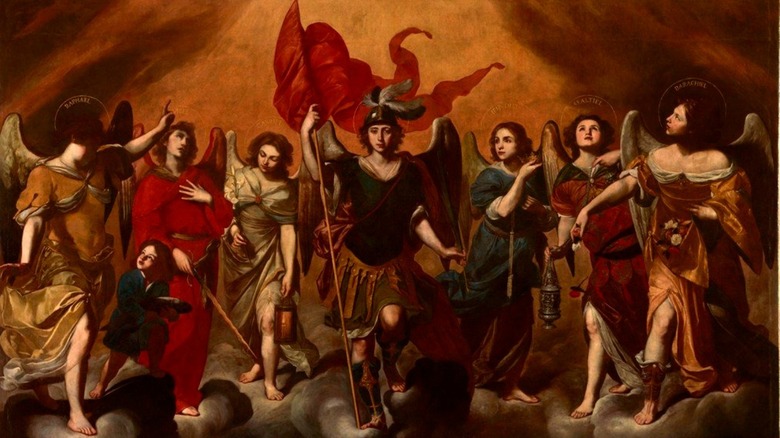
The History Of Archangels Explained
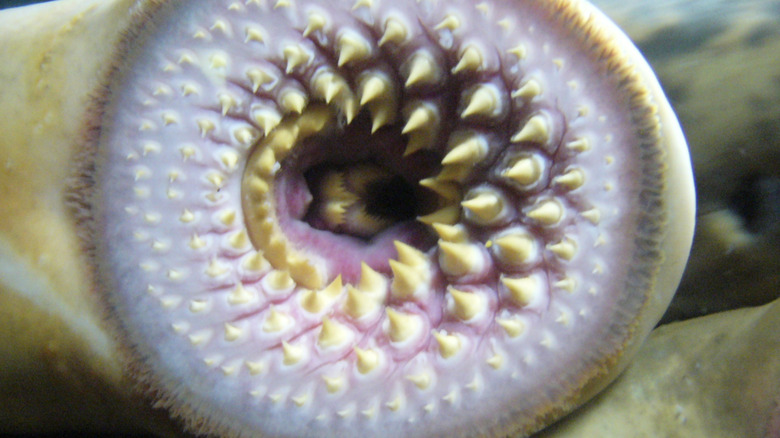
The Hideous Fish That Was Said To Be The Cause Of Henry I's Death
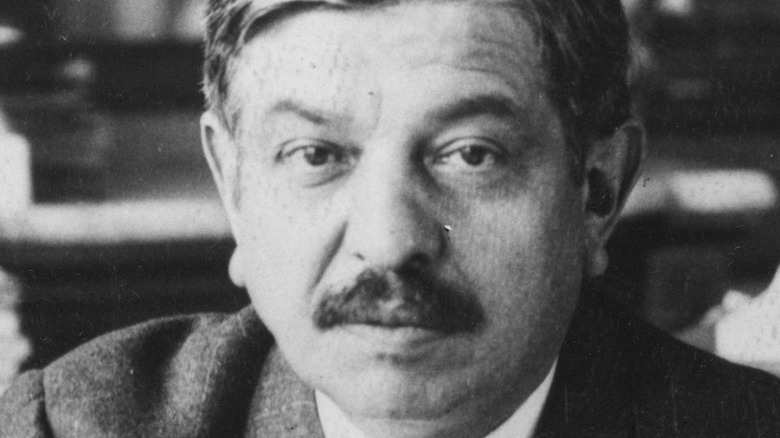
Why Pierre Laval Is Considered A Historical Traitor
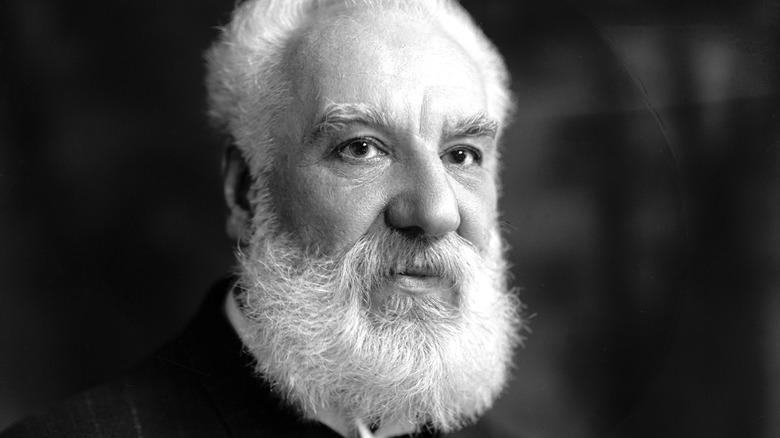
The Truth About Alexander Graham Bell's Failed Plane
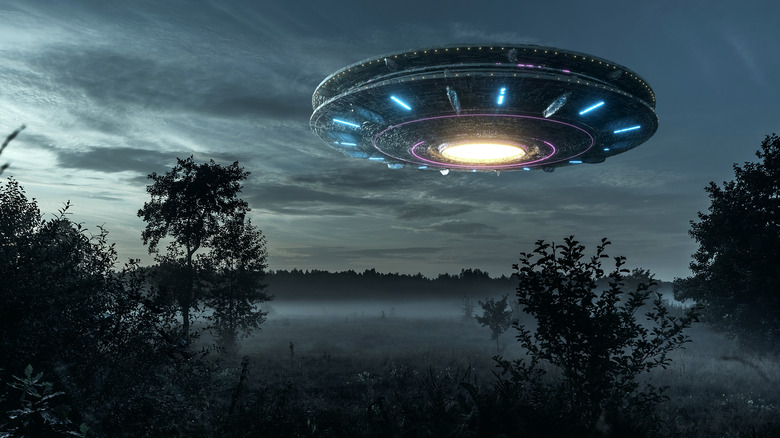
The Staggering Number Of People Who Died In The Heavens Gate Cult

Here's Why The Oceans Don't Fully Freeze Over
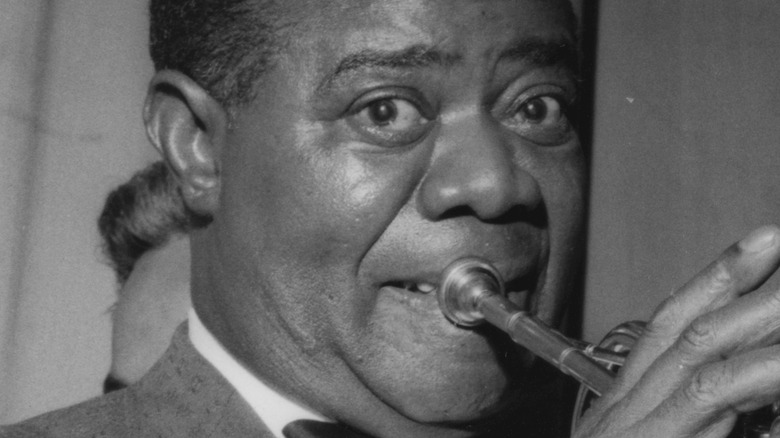
How Louis Armstrong's Lips Were Affected By His Playing Style
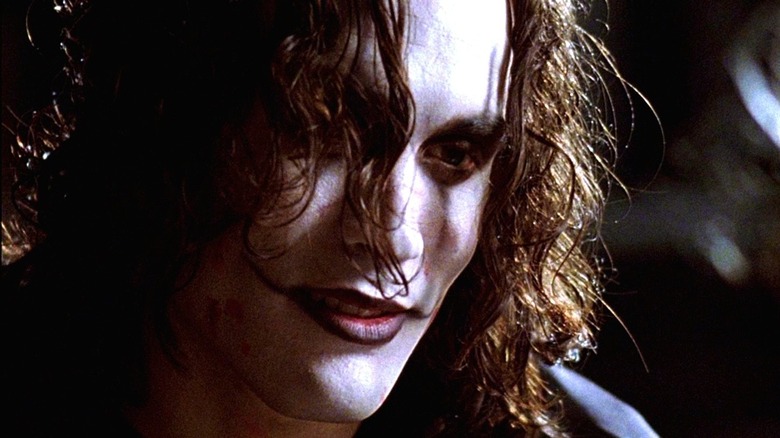
This Is How Brandon Lee Predicted His Own Death

How Dead Bodies Actually Help Hikers At Mount Everest
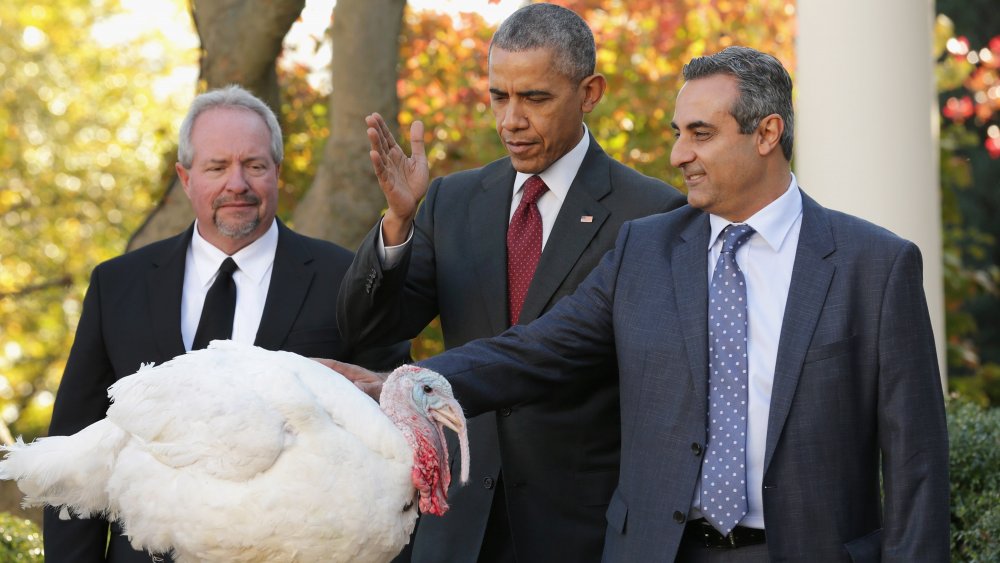
The Most Bizarre Thanksgiving Traditions
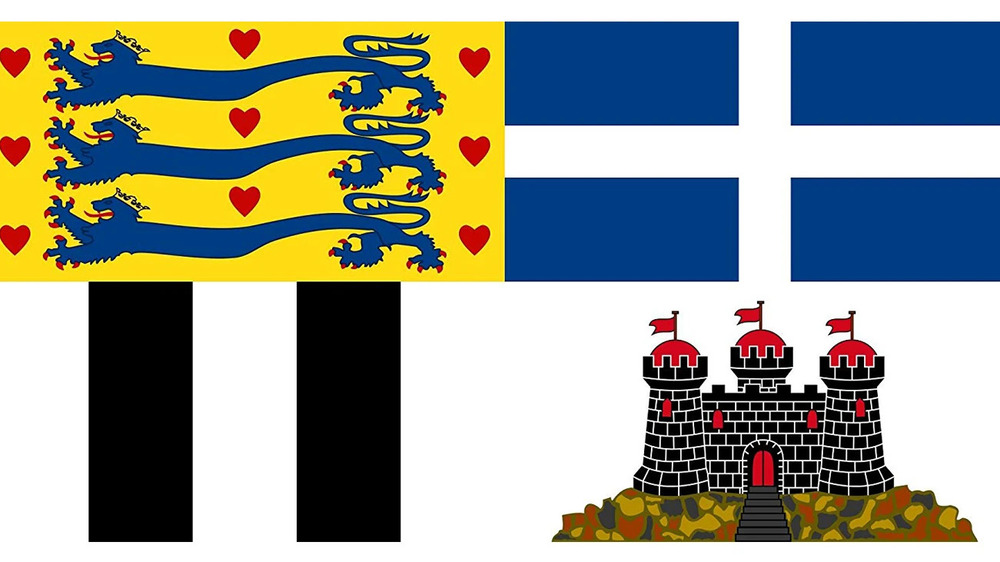
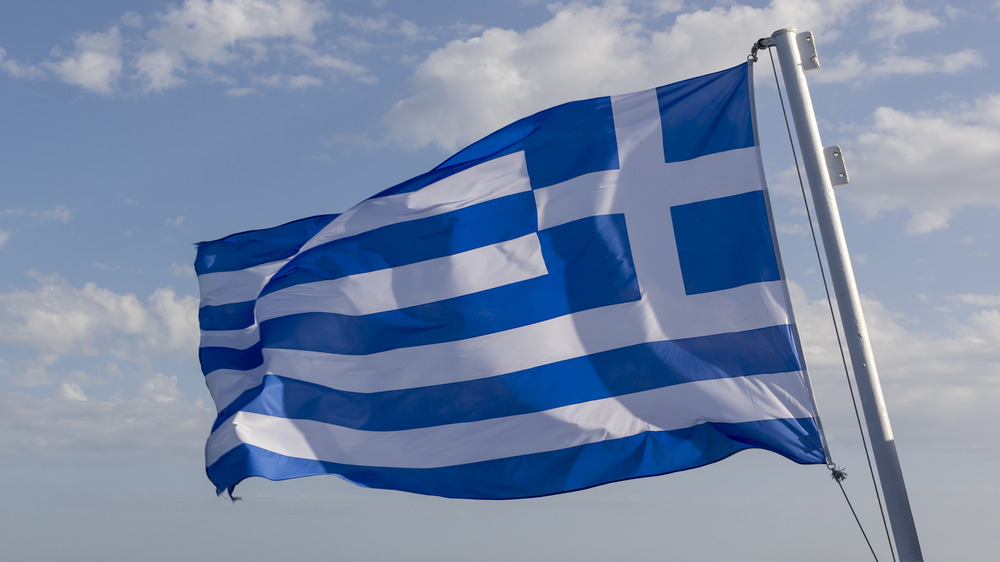
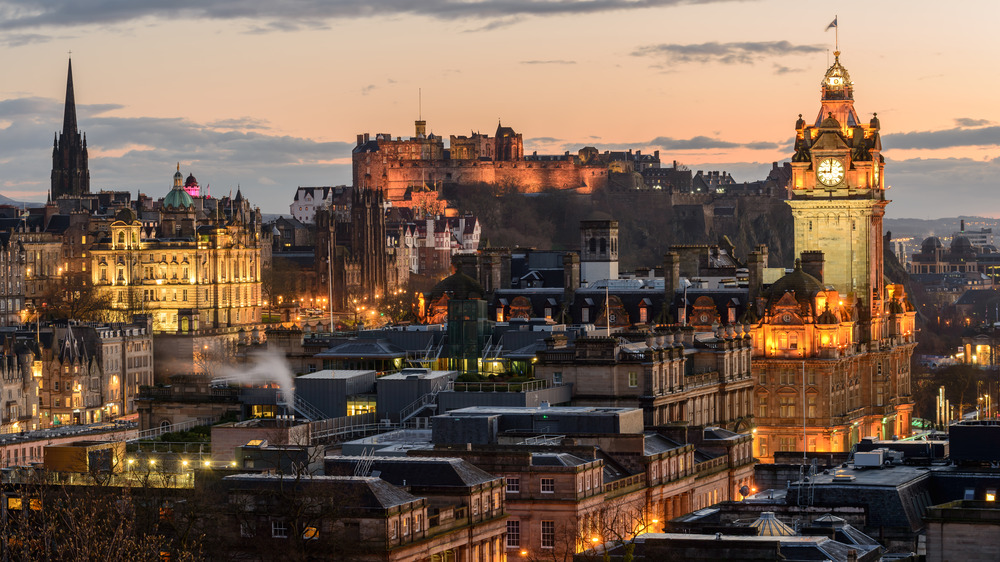
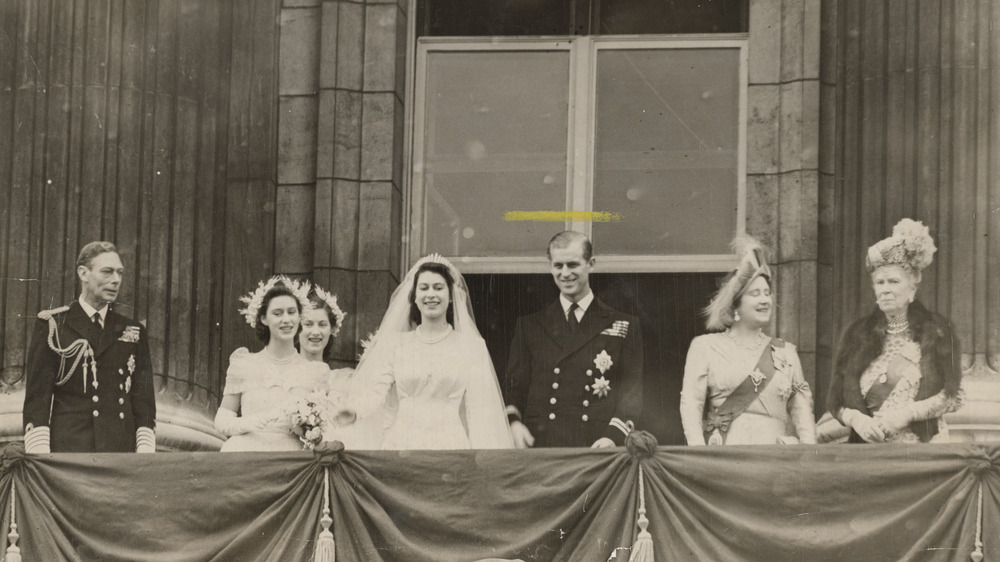
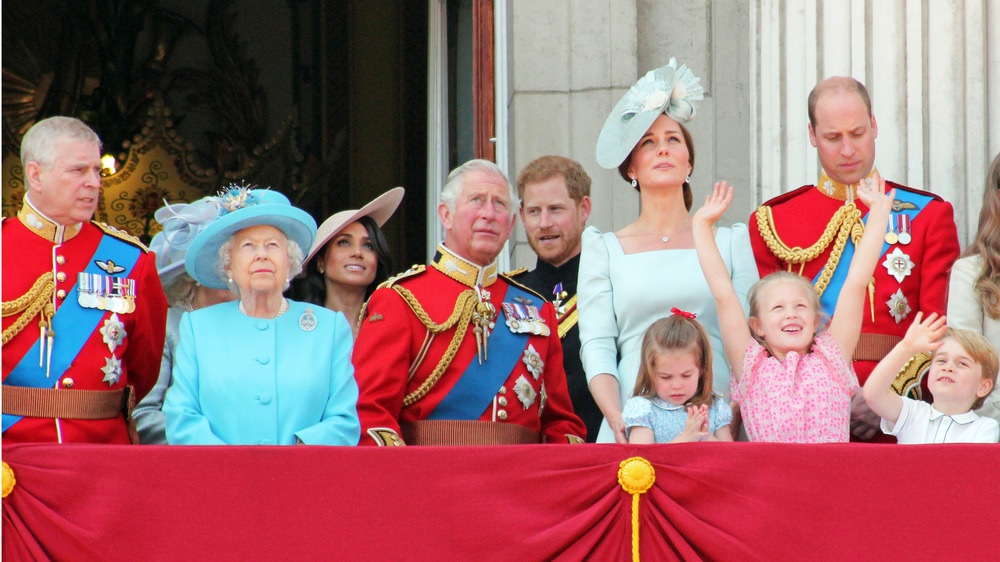
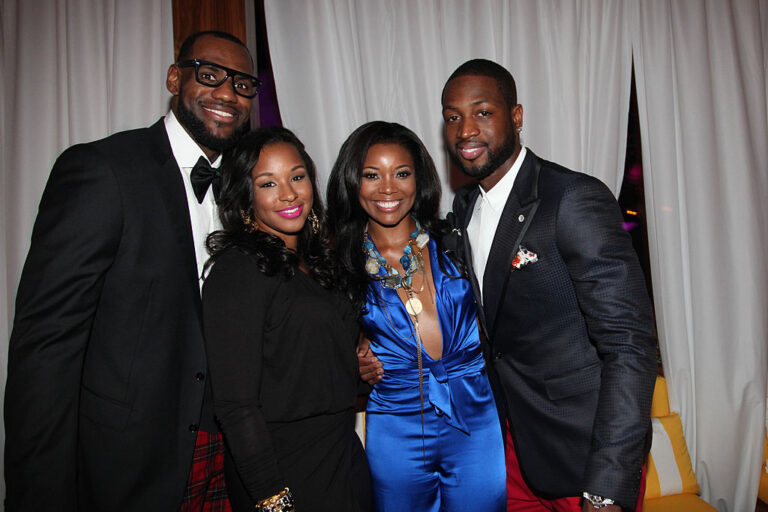
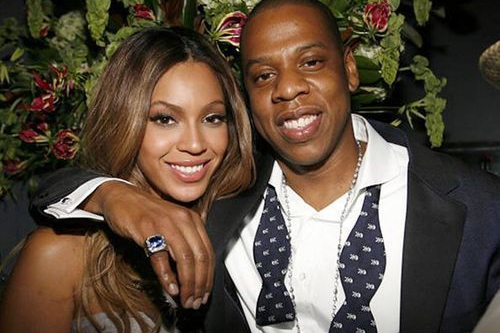
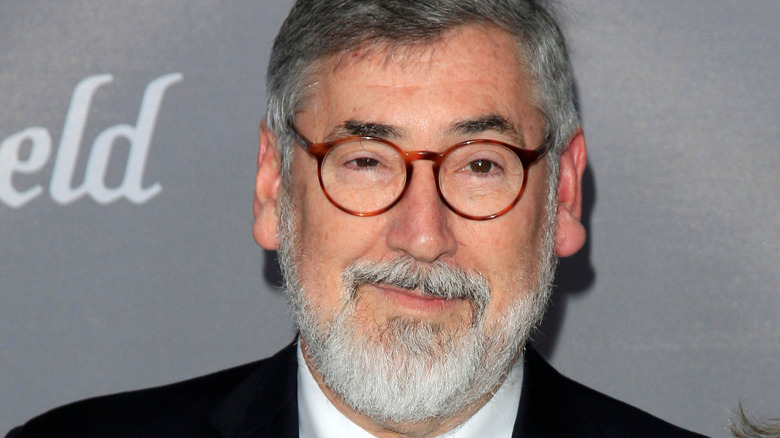
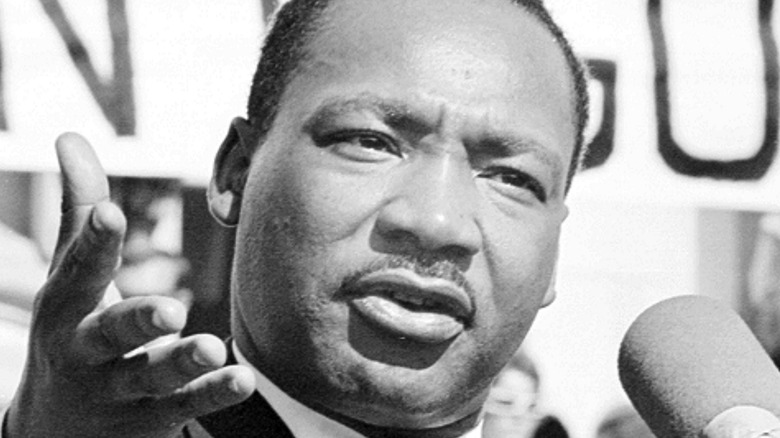

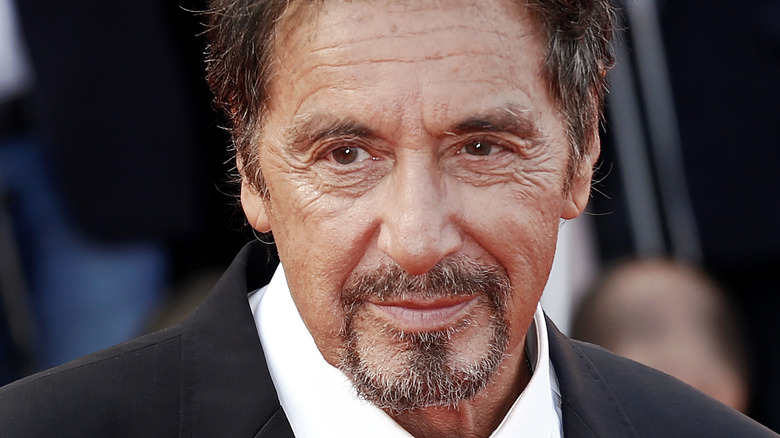

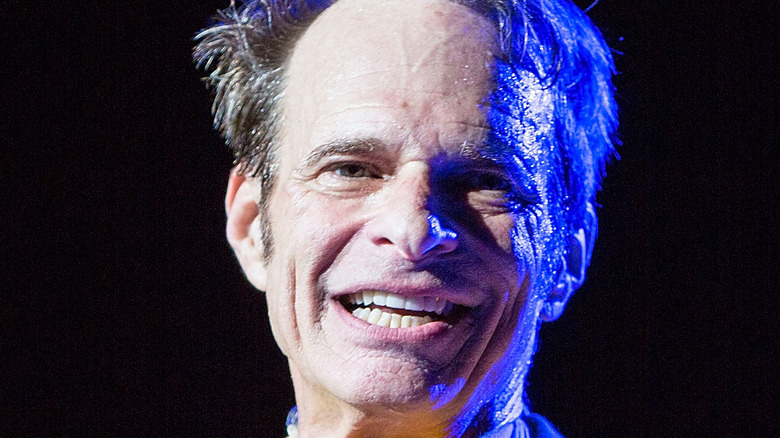
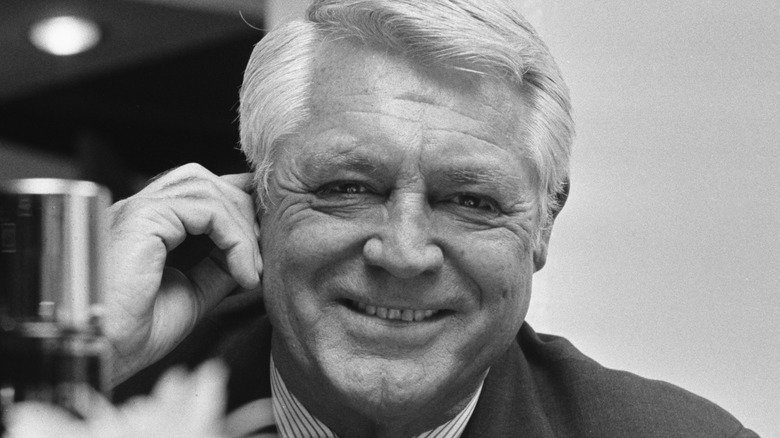

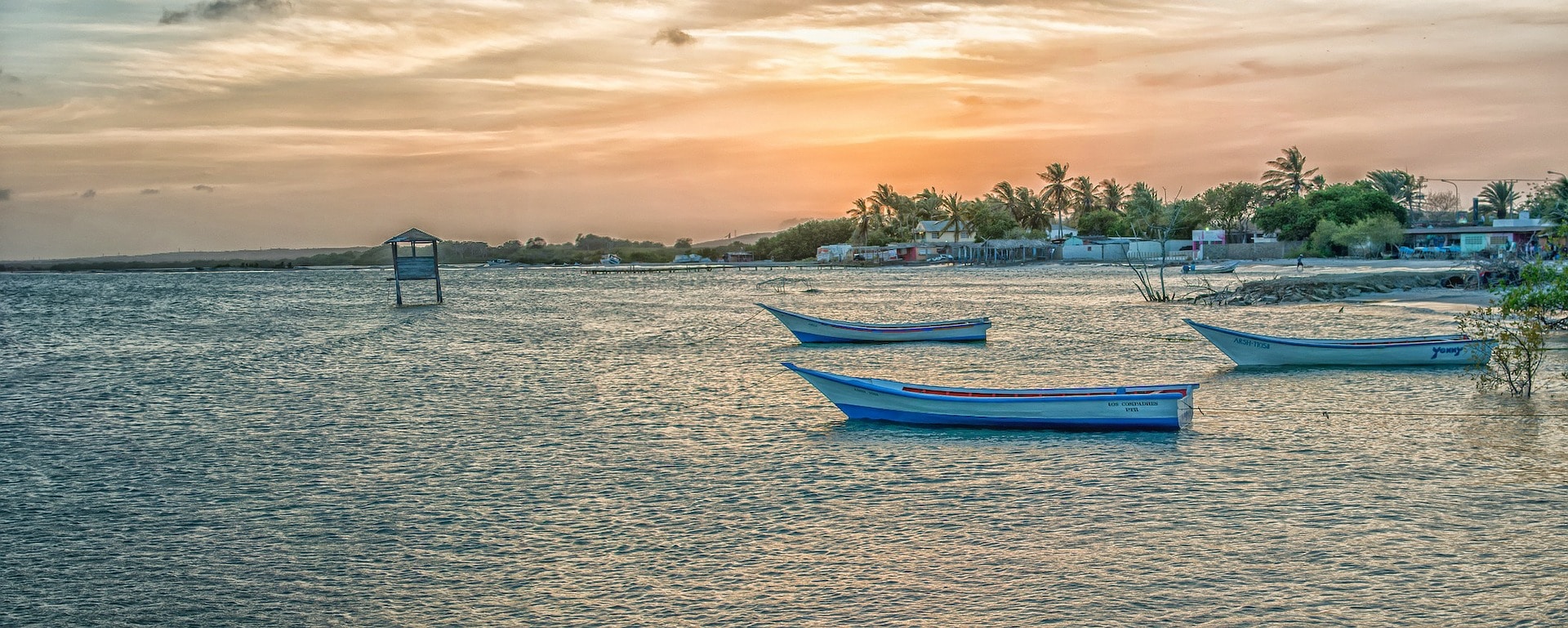
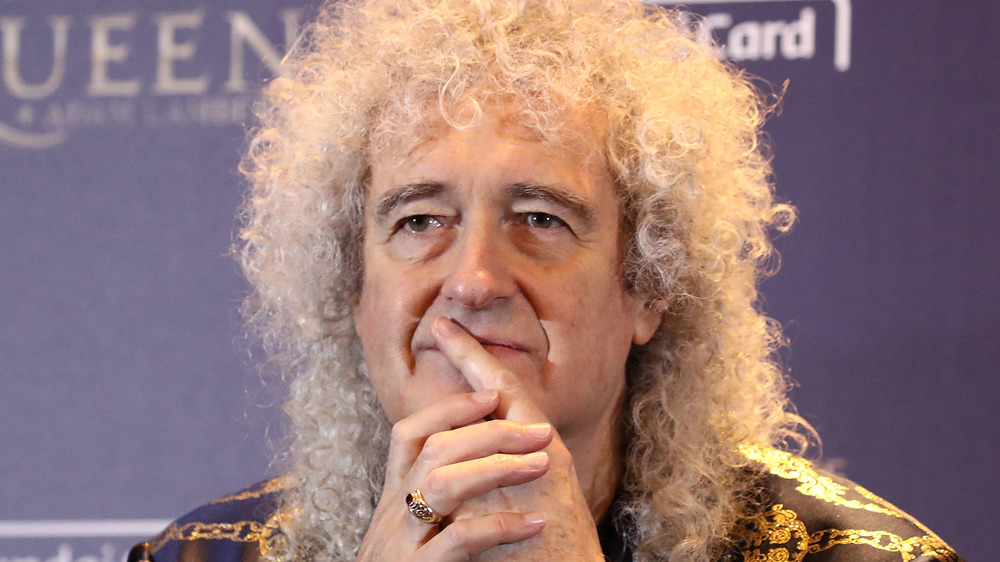
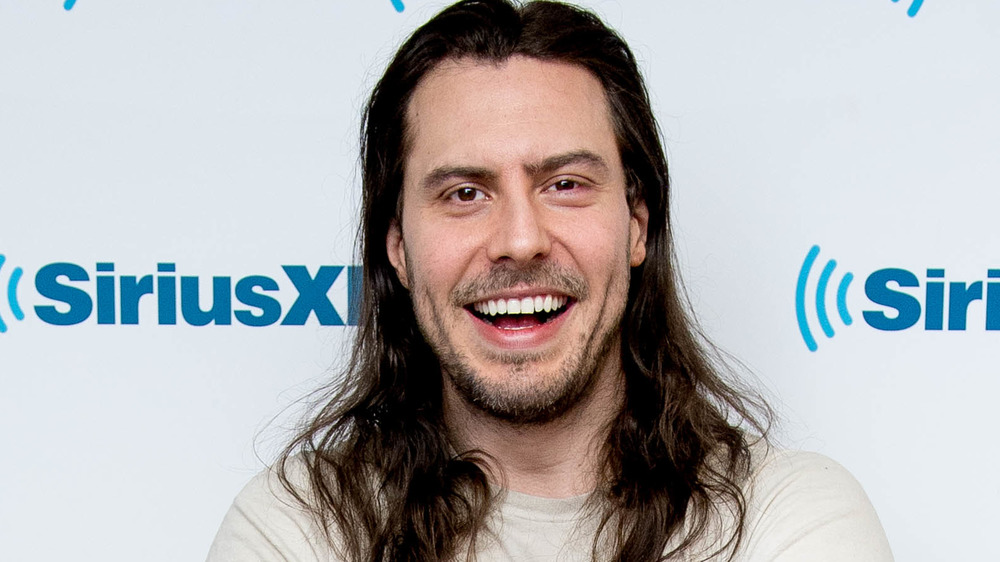
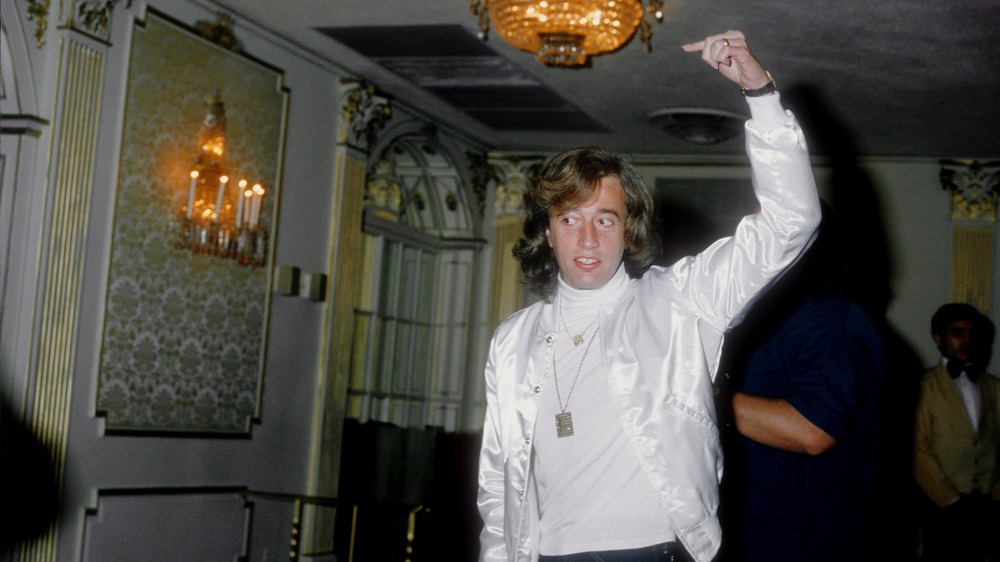
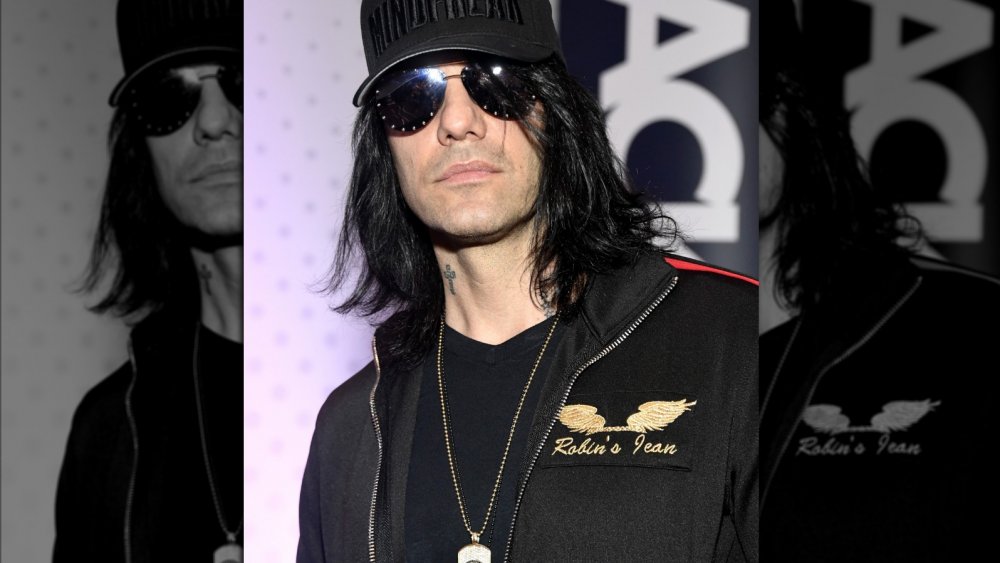
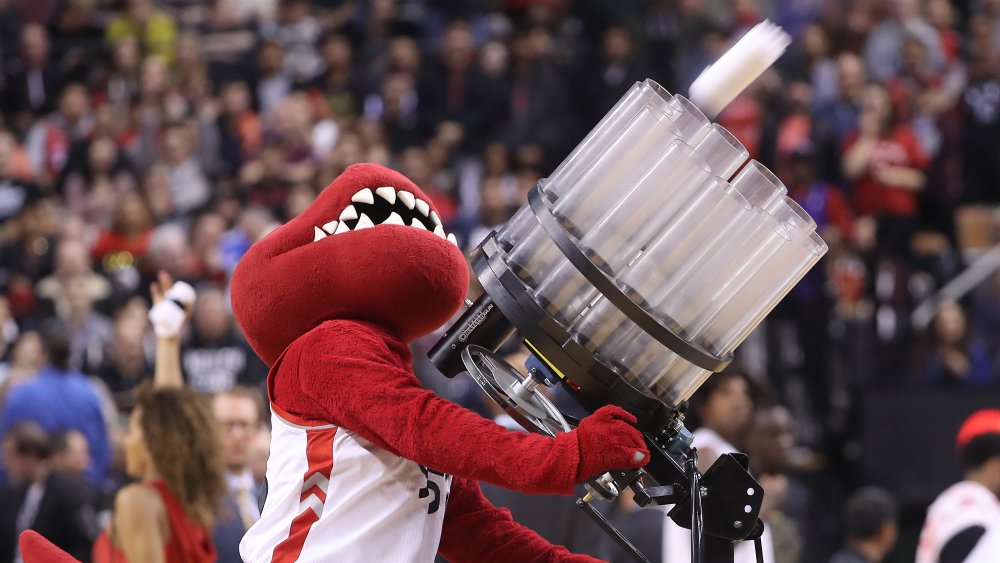

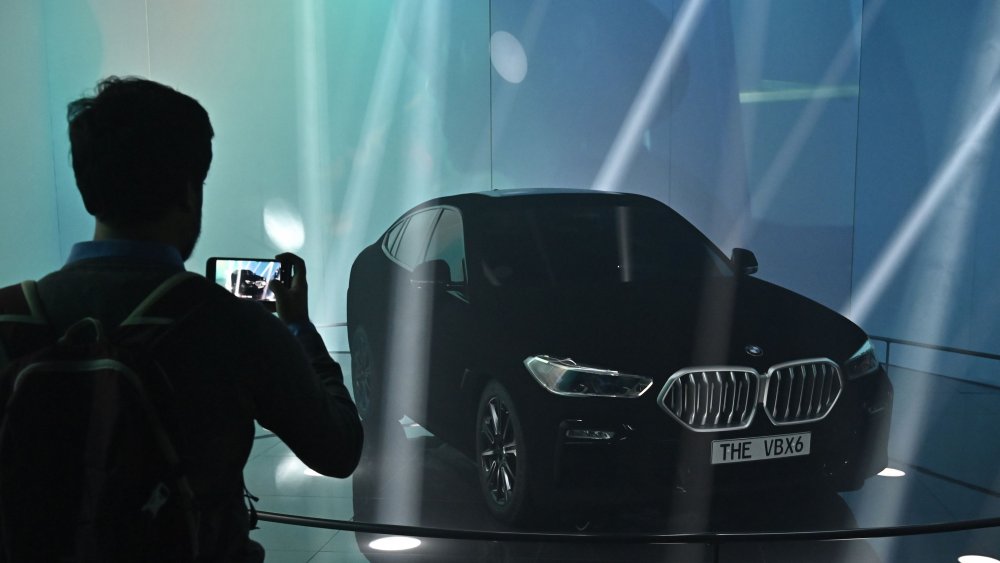






Aw, this was a really nice post. In concept I wish to put in writing like this moreover – taking time and precise effort to make a very good article… however what can I say… I procrastinate alot and by no means appear to get something done.